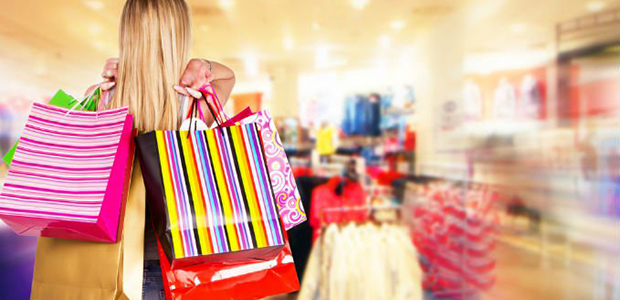By Christine Persaud
Something profound struck me the other day as I was writing an announcement. I was discussing the opening of a new storefront in Canada and typed the word “customers” in a sentence. I quickly hit the backspace key a few times and changed the word to “visitors.” It sounds like such a minor, insignificant thing. But the reality of the copy change hit me instantly.
It didn’t make sense to refer to people who would be visiting the store, which is designed to showcase the brand’s technology and products and afford hands-on time, as customers. Chances are a large percentage of them wouldn’t be buying anything, at least not right away and probably not even in that particular store. So writing “visitors” made much more sense. But since when did customers become visitors?
For as long as we’ve known, customers go to stores and visitors go to places like museums, parks, other peoples’ homes. Visitors simply visit. They don’t buy.
But then I got to thinking that this isn’t necessarily true either. You visit a museum, but you still have to pay an entrance fee. And chances are you might end up buying something at the gift shop that’s always conveniently located by the exit. So people who were visitors of these places were customers, too. Why can’t those who walk into retail stores be visitors?
They are today, more so than ever. While you don’t ever have to pay an entrance fee to go into a store (unless it’s a place like Costco that requires a membership), you can still enjoy an experience. Maybe it’s a virtual reality (VR) set-up. Or a headphones demo that lets you plug in or wirelessly connect your own device to listen to your playlist. A fully functioning tablet or smartphone with pre-loaded games. A theatre room where you can kick back to enjoy everything from theatre seating to a demo video playing on a massive projector and screen, accompanied by an immersive audio set-up. A mock smart home where you can play with gadgets to see how they all work together. The possibilities are endless.
Retailers today, in essence, are providing an entertaining experience that venues typically charge for you to get. The hope with the former is that you will eventually buy something. The hope with the latter is, well, recommendations and return visitors. Because they already have your money.
Maybe retailers should charge entrance fees! Of course, that would be ridiculous, but you never know. Nonetheless, even though I have been fully aware of how bricks-and-mortar retail has become more about experiences and less about purchases, that simple switch of the word “customers” to “visitors” sparked a deep recognition of the reality.
Retailers have the chance to snag the attention of those who might have otherwise gone to a recreational facility to play games or have a VR experience, or went to a club to listen to thumping beats from a turntable. Maybe stores need to become destination venues in a way that goes even further than we’ve already seen. Add coffee machines, a full bar, restaurant, and checkout area where you can, at any time, pick up what you want and buy it. Could a combining of the two become the future retail experience? Imagine walking into a theatre to watch a movie, buying your popcorn, soda, and candy, and leaving with the smartwatch the actor was wearing in the movie that you had your eye on. Where did you get it? It’s sold at the “concessions” stand, which constantly rotates through different product inventory based on what’s showing. Or maybe you visit the local aquarium and end your trip with the purchase of a pair of waterproof true wireless earbuds.
Retail and experiences go hand-in-hand now. You aren’t entertaining shoppers or buyers or customers. You’re welcoming visitors. The goal still remains to sell, sell, sell. But the approach is rapidly changing. Visitors are the new customers, and the new customers aren’t always necessarily there to buy. But maybe the experience, ambiance, and additional services you provide can influence them to do so.









